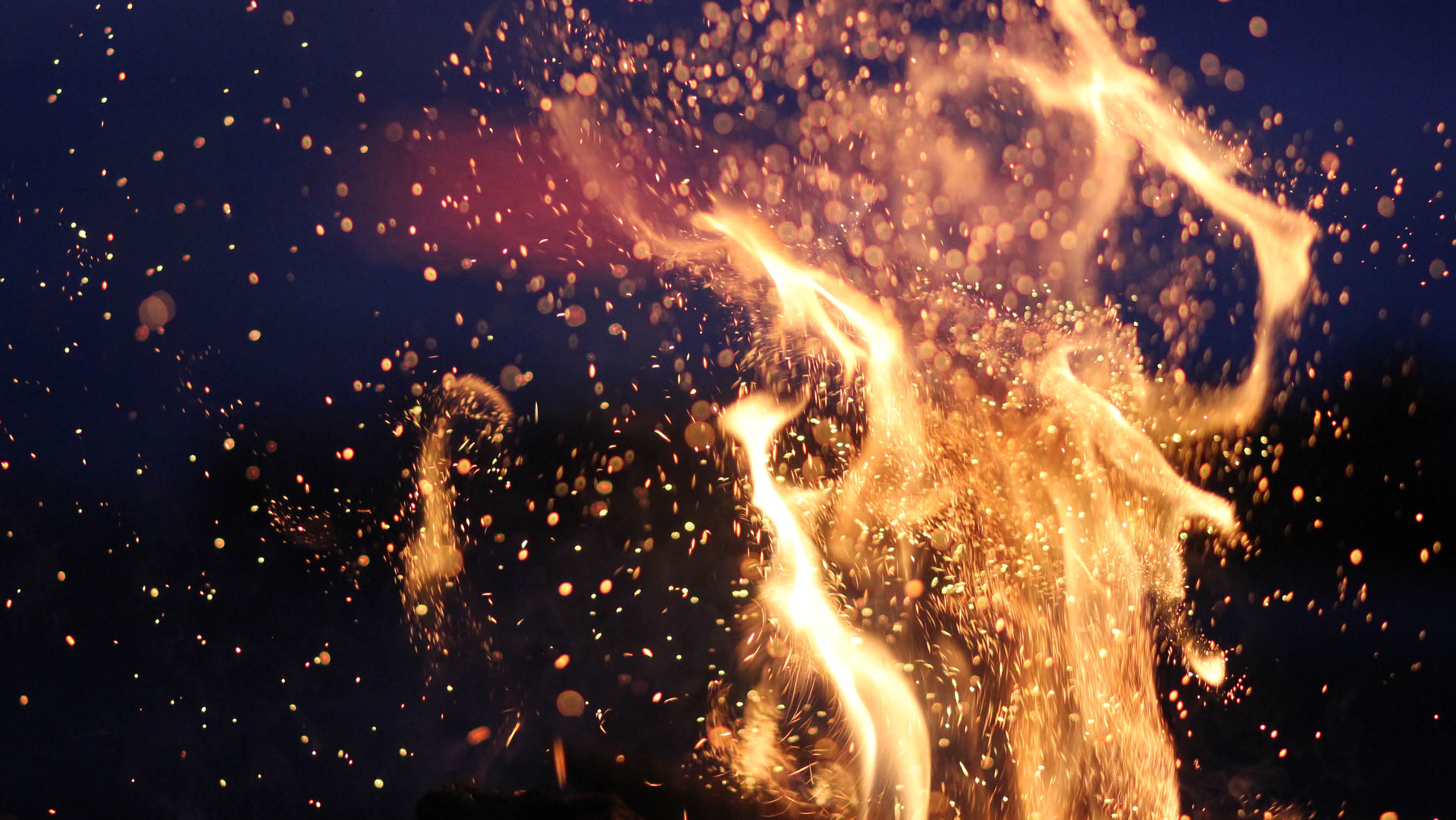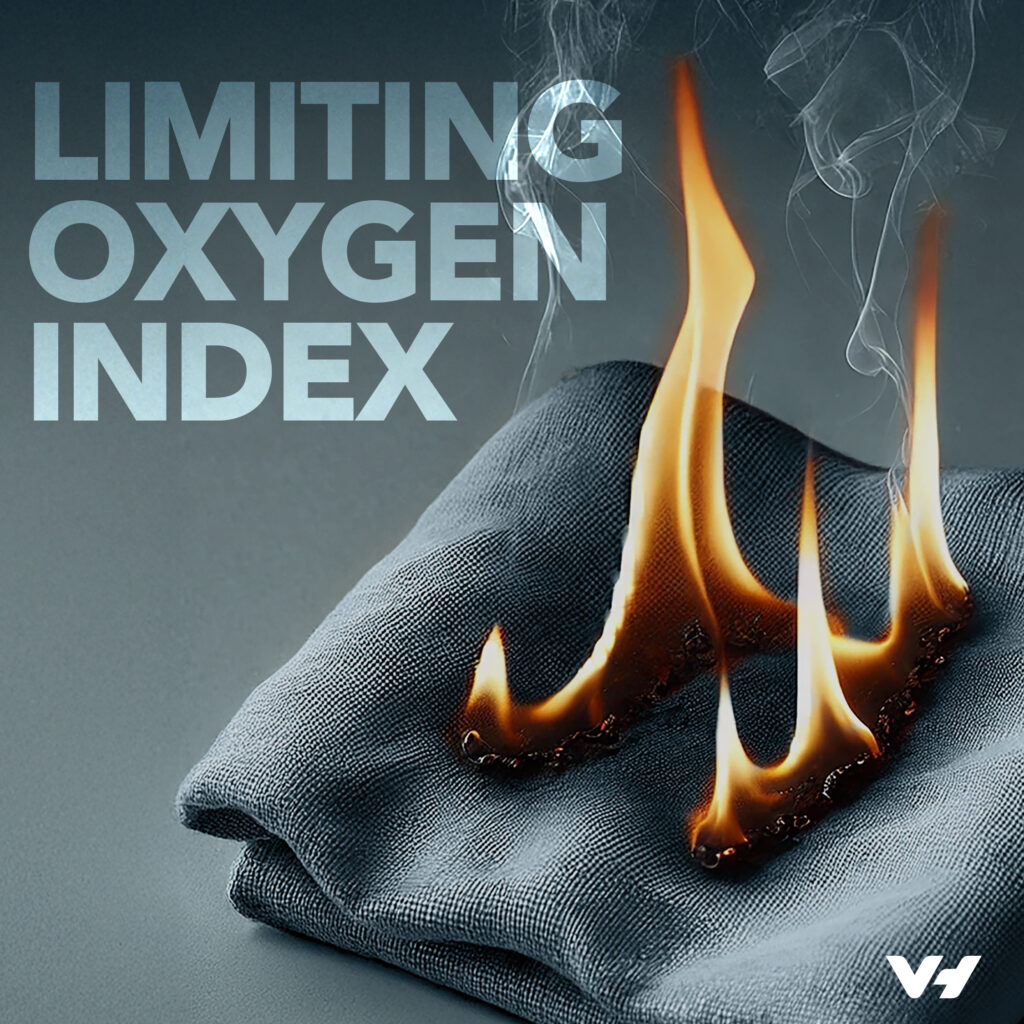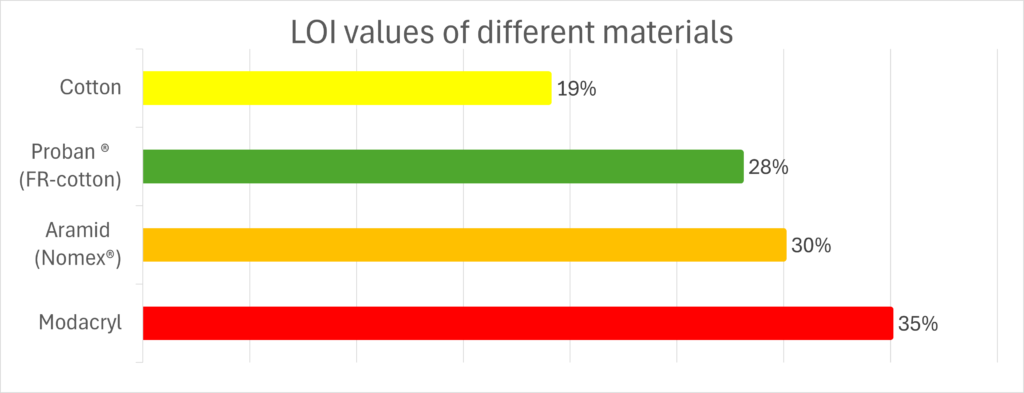What is the Limiting Oxygen Index (LOI) and why is it important?

Why the LOI Value Plays a Crucial Role in Workwear
In many work environments, employees are exposed to fire hazards from sparks, static discharges, or open flames. In such situations, reliable flame-retardant workwear is essential. The choice of the right fiber is key. At Van Heurck, we select materials based on their Limiting Oxygen Index (LOI): the higher this value, the more difficult it is for the material to ignite. Our flame-retardant fabrics are tested as standard according to EN ISO 6942.
What exactly does LOI mean?
The Limiting Oxygen Index (LOI) indicates the minimum concentration of oxygen required to sustain combustion of a material. Materials with a LOI below 21% will burn in normal air (which contains about 21% oxygen). The higher the LOI value, the less flammable the material is.
LOI Values and Flammability
- LOI < 21% → Flammable (easily ignites in normal air)
- LOI 22–27% → Moderately flammable
- LOI > 27% → Hard to ignite (only burns in oxygen-enriched environments)
How Can Materials Be Flame-Retardant?
Workwear can be flame-retardant in two ways:
- Inherently flame-retardant: the fiber itself has natural flame-retardant properties
- FR-treated: the fabric is treated with a chemical finish that provides flame-retardant properties
Want to learn more about the differences? Read our expert article on FR-treated vs. inherent fabrics.
What LOI Values Do Different Materials Have?
FR-Treated Fabrics
These fabrics are mostly cotton-based and treated with a flame-retardant finish such as Proban®. Cotton is valued for its comfort but naturally has a low LOI. The treatment enhances both comfort and safety.
Untreated Cotton – LOI: ±18–20%
- Ignites quickly when exposed to flame
- Continues to burn even after the flame is removed
Proban® (FR-treated cotton) – LOI: ±26–30%
- Difficult to ignite and self-extinguishing after flame exposure
- Retains the natural comfort of cotton
In fluorescent orange high-visibility fabrics, synthetic fibers such as polyester or polyamide are often added because cotton absorbs color poorly. These synthetic fibers can also be FR-treated or inherently flame-retardant, depending on the composition.
Polyamide & Polyester: Flammability and LOI
Untreated – LOI: ±20–21%
- Easily ignites and melts under heat
- Forms a hard, dripping mass when burning
FR-Treated Polyester – LOI: ±26%
- Specially modified to reduce flammability
- Improves fire safety in blended fabrics
Inherently Flame-Retardant Fibers
At Van Heurck, we use aramid and modacrylic fibers in our fabrics. These fibers are naturally flame-retardant and require no additional treatment. For extra comfort, they are often blended with cotton or polyester.
Modacrylic – LOI: ±27–32%
- Inherently flame-retardant fiber
- Difficult to ignite and self-extinguishing
- Comfortable and versatile in use
Aramid (e.g. Nomex®) – LOI: ±28–32%
- Highly heat resistant
- Widely used in high-heat and fire-prone applications
- Hard to dye, so limited in color selection
Would you like to know more about LOI and our flame-retardant fabrics?
We’re happy to advise you on the best material choice for your work environment. Feel free to contact our team of experts.

